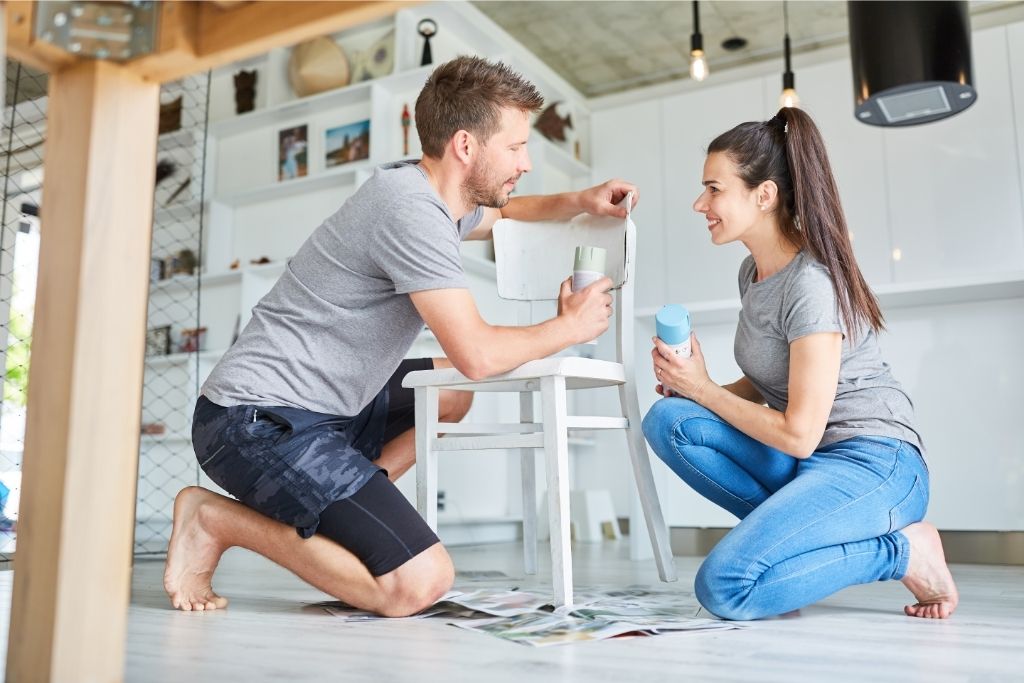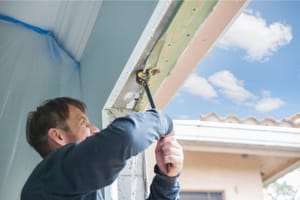Not only is furniture restoration a great hobby to take up, but it’s also extremely beneficial for the environment if approached correctly.
When you choose to restore furniture instead of buying new, you’re helping the environment in several ways - most of the time.
But you need to ensure that you’re using eco-friendly restoration practices.
You may or may not have given much thought to applying environmentally friendly techniques to the restoration process.
You’re about to discover eight eco-friendly furniture restoration tips, which can go a long way toward keeping items out of landfills.
Let’s briefly touch on them now…
1)) Go Shopping
Find places to buy old wood furniture that you can easily turn into something new or simply refurbish as it is.
Try looking online at buy/sell groups as well as flea markets, yard sales, the side of the road, and even the Habitat for Humanity ReStore.
2)) Clean It Up
Try cleaning your furniture with safe environment cleaners like vinegar and water, a vegetable-based soap, or an environmentally friendly paint stripper.
You can go to your local hardware store or order online. Follow all the directions for cleaning, stripping, and disposal of old paint.
I know these extra steps can seem like a pain but are worth the effort to help save our environment.
3)) Sand It
Sanding naturally adds pollution to the environment, so you’ll need to wear a mask and find a way to collect as much dust as possible.
You can use this dust for other projects or dispose of it in an environmentally friendly way.
4)) Keep It Simple
Often, for some types of wood all you need to do is strip it, add some fresh hardware, or clean the hardware carefully, and then refinish it with beeswax or environmentally friendly oil.
For wood, often the simplest is the best and most attractive.
5)) Document It
Sometimes, you may need to totally take apart the furniture to restore it.
It might help to photograph and document everything so that you can remember how to put it back together.
For instance, you don’t want to reassemble a piece of furniture only to discover there are leftover screws and other hardware.
6)) Get Used to Parts
Don’t buy brand-new knobs or pulls; instead, look to eBay and other used stores to find the right parts to make your refurbished piece stand out.
Alternatively, you can clean up the old ones if all of them are there.
7)) Use Green Paints
You may prefer to paint your piece. There are a variety of eco-friendly paints to choose from these days, and you won’t need to sacrifice vivid colors.
8)) Take It Slow
Refurbishing furniture takes a lot of work. You’ll need to research each piece to find out what works best.
You can do that on the Internet. You can also buy books and courses about refurbishing and how different textiles work together.
Most of all, take it slow so that you don’t have to fix mistakes. For example, let your piece dry completely between each activity.
Conclusion
You just learned 8 Eco-Friendly Furniture Restoration Tips that you may not have thought of.
Furniture restoration is a fun hobby and a great way to reduce garbage in landfills.
It’s a great way to turn something into an heirloom that generations of your family will love and cherish.
Even if you must turn that broken antique cedar chest into a smaller version of itself, it will be highly appreciated and valued.
Click Here If You Would Like To Gain Instant Access To 16,000 Downloadable, Done-For-You Woodworking Plans With Step-By-Step Instructions, Photos, And Diagrams To Make Every Project Laughably Easy Even If You Don't Have A Large Workshop Or Expensive Tools!
Download Our Free E-book!







